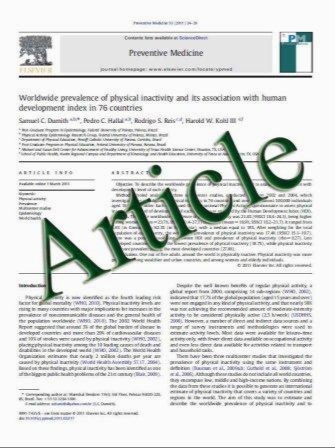A Sleeping Beauty DNA transposon-based genetic sensor for functional screening of vitamin D3 analogues
- نوع فایل : کتاب
- زبان : انگلیسی
- مؤلف : Nicklas H Staunstrup1, Nynne Sharma1, Rasmus O Bak1, Lars Svensson2, Thomas K Petersen2, Lene Aarenstrup3, Karsten Kristiansen4, Lars Bolund1 and Jac
- چاپ و سال / کشور: 2011
Description
Background: Analogues of vitamin D3 are extensively used in the treatment of various illnesses, such as osteoporosis, inflammatory skin diseases, and cancer. Functional testing of new vitamin D3 analogues and formulations for improved systemic and topical administration is supported by sensitive screening methods that allow a comparative evaluation of drug properties. As a new tool in functional screening of vitamin D3 analogues, we describe a genomically integratable sensor for sensitive drug detection. This system facilitates assessment of the pharmacokinetic and pharmadynamic properties of vitamin D3 analogues. The tri-cistronic genetic sensor encodes a drug-sensoring protein, a reporter protein expressed from an activated sensor-responsive promoter, and a resistance marker. Results: The three expression cassettes, inserted in a head-to-tail orientation in a Sleeping Beauty DNA transposon vector, are efficiently inserted as a single genetic entity into the genome of cells of interest in a reaction catalyzed by the hyperactive SB100X transposase. The applicability of the sensor for screening purposes is demonstrated by the functional comparison of potent synthetic analogues of vitamin D3 designed for the treatment of psoriasis and cancer. In clones of human keratinocytes carrying from a single to numerous insertions of the vitamin D3 sensor, a sensitive sensor read-out is detected upon exposure to even low concentrations of vitamin D3 analogues. In comparative studies, the sensor unveils superior potency of new candidate drugs in comparison with analogues that are currently in clinical use. Conclusions: Our findings demonstrate the use of the genetic sensor as a tool in first-line evaluation of new vitamin D3 analogues and pave the way for new types of drug delivery studies in sensor-transgenic animals.
Staunstrup et al. BMC Biotechnology 2011, 11:33 http://www.biomedcentral.com/1472-6750/11/33


